
The gym floor is full of effort, sweat, and–unfortunately–misinformation. A lot of guys are still chasing results with outdated beliefs that do more harm than good. These myths aren’t just annoying; they can derail your progress, set you up for injury, or make you give up too soon because the “truth” you believe just isn’t working. If you want a stronger, smarter, and more sustainable fitness journey, it’s time to let go of the fluff and face the facts.
Here are 18 myths you need to unlearn–for real this time.
1. You Have to Train Every Day to See Results

This is one of the fastest ways to burn out–mentally and physically. Your muscles grow when you rest, not when you’re endlessly grinding without recovery. Training 6–7 days a week without allowing time to recharge leads to stalled progress and even injury. Quality beats quantity every time. Stick to 3–5 solid sessions a week and prioritize recovery like it’s part of the workout, because it is.
2. Cardio Kills Your Gains

This myth refuses to die, but here’s the truth: properly programmed cardio helps your gains. It improves recovery, boosts work capacity, and supports heart health–all critical if you want to train harder and longer. The key is balancing your cardio with your lifting. Don’t overdo it right before heavy strength sessions, but don’t skip it either. Your biceps won’t shrivel up after a 20-minute incline walk.
3. If You’re Not Sore, You Didn’t Work Hard Enough

Soreness is a poor indicator of progress. It’s mostly a sign that you did something novel, not necessarily something effective. You can build strength and muscle without feeling crippled the next day. Chasing soreness can lead to overtraining and bad form. Instead, track real progress: Are your lifts improving? Are you recovering better? Are your clothes fitting differently? That’s the data that counts.
4. You Can Spot-Reduce Fat

Thousands of crunches won’t magically melt belly fat–fat loss doesn’t work like a sniper rifle. Your body decides where it sheds fat based on genetics and hormones, not the exercises you pick. What you can do is stay consistent with training, tighten up your diet, and build muscle in the areas you want to emphasize. The lean look comes from overall fat loss, not endless ab circuits.
5. Lifting Makes You Bulky Overnight
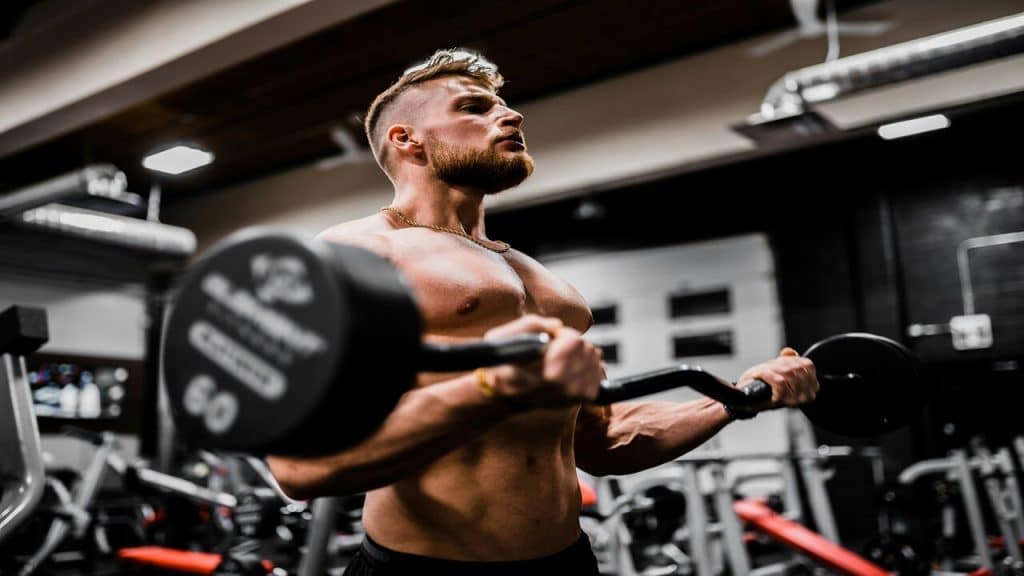
Building serious muscle takes years of deliberate, progressive training–and usually a hefty calorie surplus. If you’re afraid lifting heavy will turn you into The Hulk, relax. It won’t. What it will do is give your body shape, structure, and strength. Most guys vastly overestimate how “bulky” they’ll get and underestimate how long it actually takes. You’ll look tighter and more athletic, not oversized.
6. Supplements Are the Shortcut

Supplements are meant to supplement a strong foundation–not replace it. No powder, pill, or gummy will make up for inconsistent training, a trash diet, or poor sleep. Protein shakes help if you’re low on intake, creatine can boost strength, and a multivitamin fills gaps. That’s about it. Focus your money and energy on real food, solid training, and consistent rest. Then maybe sprinkle in a supplement or two.
7. High Reps Are for Toning, Low Reps Are for Bulking
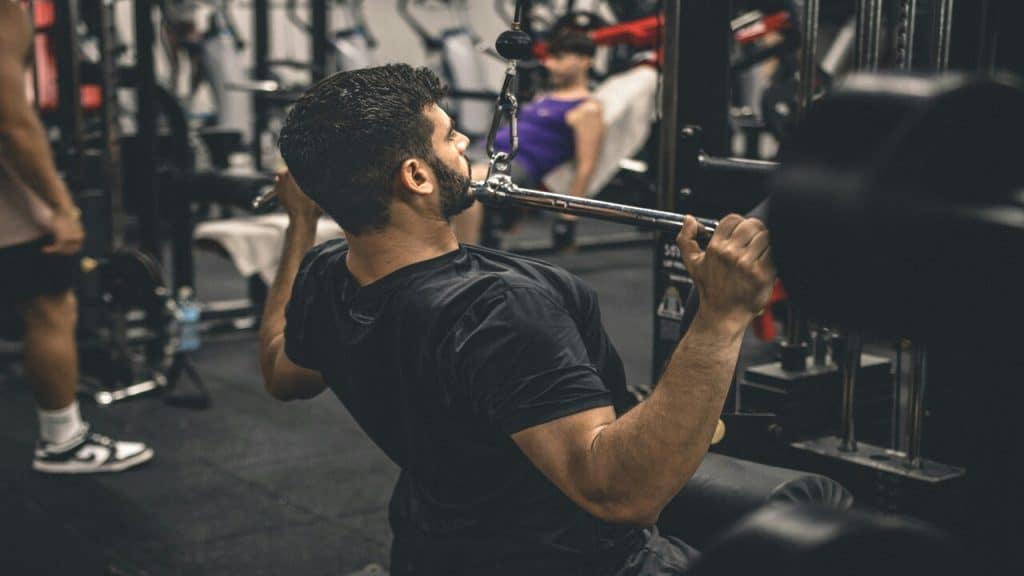
“Tone” is just muscle with low body fat. And muscle doesn’t care about your rep scheme as much as it cares about intensity, tension, and progression. High reps can build size. Low reps can build definition–it depends on how you’re training. Instead of clinging to arbitrary rep myths, train across different rep ranges, lift with intent, and eat in a way that supports your body goals.
8. You Need to Eat Every 2–3 Hours to Stay Anabolic

Unless you’re a bodybuilder on a strict schedule, this is unnecessary and exhausting. What matters more is your total daily intake–calories and macros over 24 hours. You won’t lose muscle if you wait 4–5 hours between meals. For most men, eating 3–4 solid meals a day with adequate protein is plenty to support muscle growth and fat loss. Don’t let bro-science dictate your meal timing.
9. More Sweat = More Fat Burn
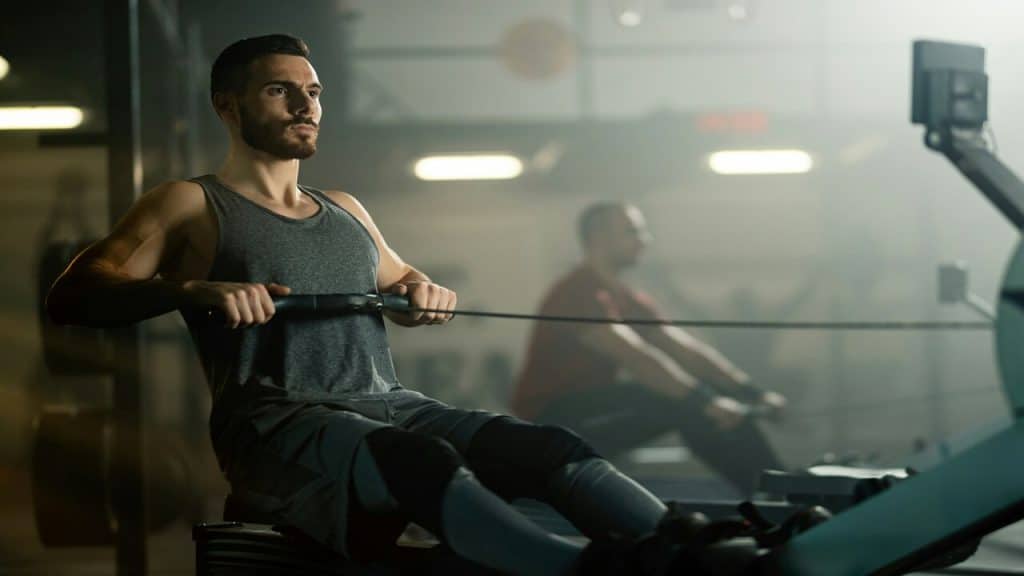
Sweating is your body’s way of cooling off–not proof that you torched fat. Some people sweat buckets doing light cardio, others barely drip during intense lifting. Sweat is not a reliable measure of workout quality or fat loss. What is reliable? Your consistency, caloric balance, and the effort you put into progressive training. Save the sauna suit for Halloween.
10. Machines Are Only for Beginners
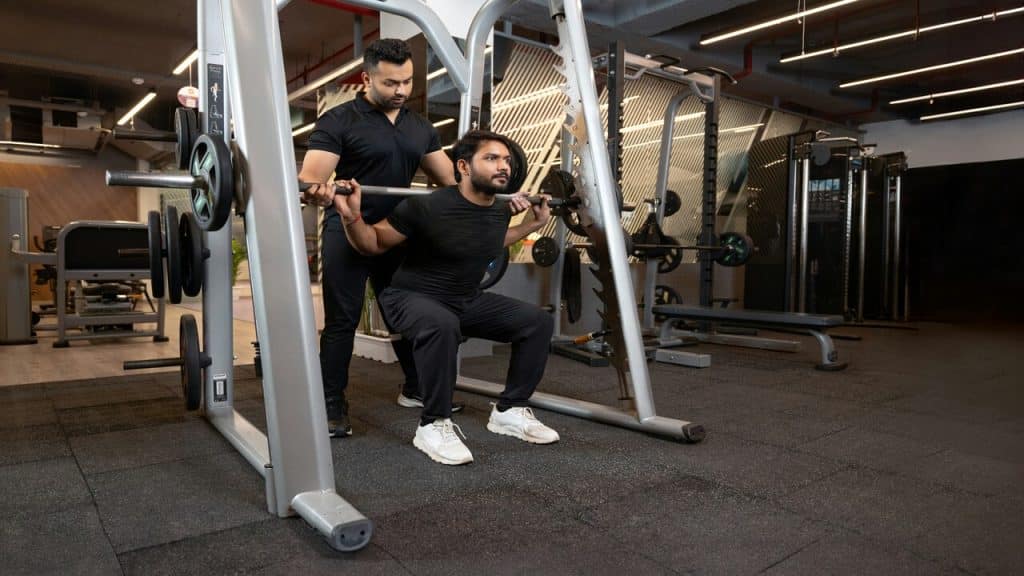
Machines offer stability, allow for isolation, and reduce the risk of injury–which makes them valuable for everyone, not just newbies. They can help you target weak points, lift heavier safely, and recover from injury. Are free weights important? Absolutely. But a smart lifter uses every tool available. Ditch the ego–machines belong in a serious program too.
11. No Pain, No Gain

Pain is not a badge of honor–it’s a signal that something’s off. There’s a difference between effort and injury, and knowing the line is how you stay in the game long-term. Ignoring pain doesn’t make you tough; it makes you reckless. If something hurts in a sharp, joint-grinding, or nerve-zapping way, stop and assess. Work around it, not through it. Longevity matters more than showing off.
12. You Have to Train Like an Athlete to Look Like One

Training like an athlete makes sense if you are one. But mimicking advanced plyos or Olympic lifts without the foundation or mobility can do more harm than good. Athletic physiques are built through years of structured, progressive work–not by copying NFL drills off Instagram. Train in a way that’s right for your goals, body, and lifestyle. Looking athletic doesn’t require jumping through hoops–literally.
13. Strength Training Isn’t for Weight Loss
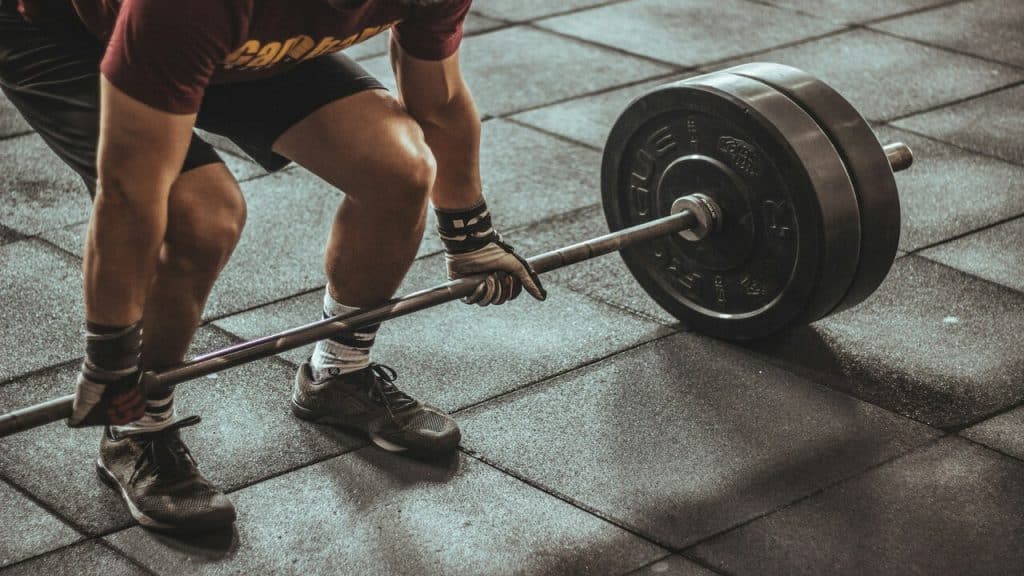
Lifting builds muscle, and muscle increases your resting metabolic rate–meaning you burn more calories even at rest. Pair that with a solid diet and you’ve got a powerful fat-loss combo. Cardio helps, yes. But strength training changes your body composition in a way cardio alone can’t. If you want to look lean and defined rather than just “smaller,” weights are non-negotiable.
14. You Need to Be in the Gym for Hours

More time doesn’t mean more gains. In fact, dragging out your workouts past 90 minutes can lead to diminishing returns. You don’t need marathon sessions to get jacked–you need focused, intense, efficient training. A well-structured 45-minute workout can outperform a sloppy 2-hour one. It’s about intention, not duration. Get in, go hard, get out.
15. You Can Eat Whatever You Want if You Work Out

This is how people end up frustrated with zero progress. Training hard doesn’t cancel out bad eating habits. You can’t outlift a consistently poor diet. Yes, you can enjoy food and indulge occasionally, but fitness is built on balance–not denial, not excess. Think of food as fuel, not just reward. What you eat amplifies your training–or undermines it.
16. Six-Pack Abs Are the Pinnacle of Fitness
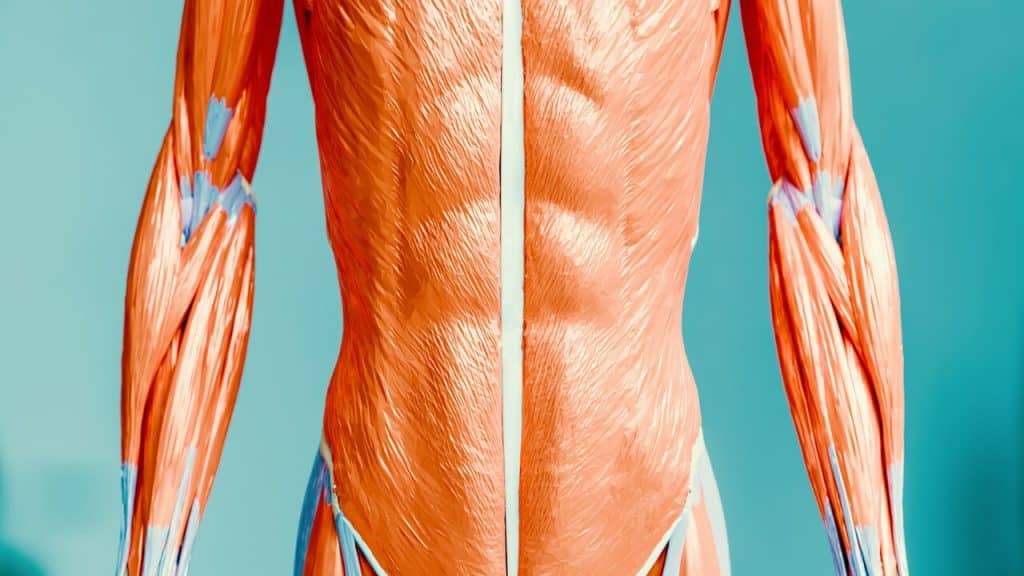
Visible abs are mostly a result of low body fat–not proof of superior strength or athleticism. Chasing six-packs at the expense of everything else can lead to unsustainable habits and warped expectations. Health, performance, and confidence matter more than abdominal visibility. Train your core, eat clean, but don’t tie your self-worth to the mirror.
17. You Have to Kill Yourself Every Session
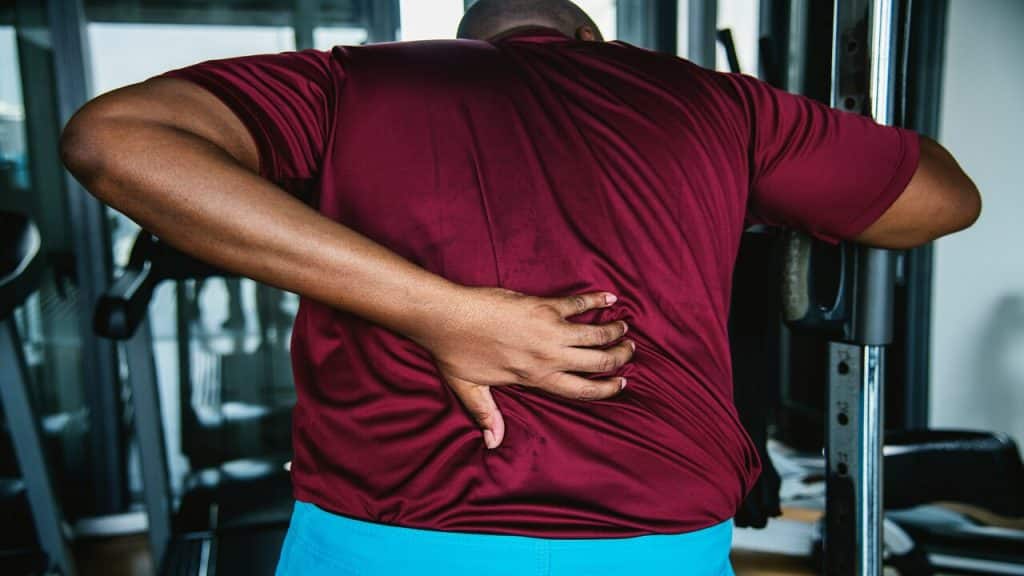
Training to failure every time is a fast track to burnout and plateaus. Smart training involves intensity, yes–but also periodization, deloads, and adaptation. You’re not lazy if you don’t crawl out of the gym; you’re strategic. Aim to train consistently, recover well, and challenge yourself progressively. It’s a marathon, not a masochistic sprint.
18. You’re Too Old to Start Lifting

Age is not an excuse–it’s a reason. Resistance training improves bone density, joint health, metabolism, and mobility, especially as you get older. You don’t need to max out or compete–you just need to move under load. Whether you’re 35 or 65, it’s never too late to get stronger, feel better, and extend your health span. The barbell doesn’t care how old you are–and neither should you.






Ask Me Anything